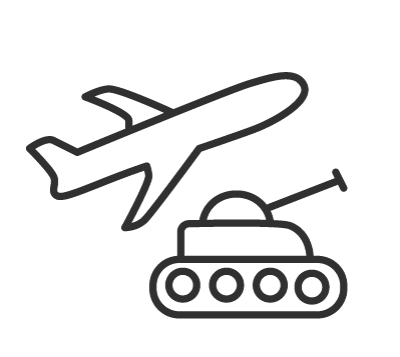Challenges and Typical Model Purposes
We see customers request Cost Transparency Models mainly to ensure that cost control is more effective but also to improve profitability. Airlines of course want to understand profitability and their main challenge is how to calculate profitability for passengers with connection flights. The first route might have a high load factor and second is low or the first is national and second is an oversea flight. The challenge for airlines is mainly how to distribute the income, for which we have several different methods. Airports want to cost their services and have a charging system that is related to flight types (size), parking time etc. Airports is not just gates, it is also garages, check-in desks, shops and lots more that we have experiences with. Ground handling operators want to price their services, which are passenger and flight type related. It is more or less standard procedures where service s depend on flights and flight operators.
Armed Forces is mainly costing and material handling. Maintenance and repair need to have the spare part stock under full control and the armies in general have a lot of cars, tanks, airplanes, trucks and men but how much do they cost is the big question. When you send a brigade on an international mission, the government will want to know the total cost of deployment. Do you know how much the cost is per flight/drive hour and how little of that is fuel expenses? The biggest cost driver is often a surprise to many.
Aerospace and Defense are also manufactures of airplanes, spare parts and weapons and their reasons for having Cost Transparency Models is the same as for Manufacturing. Airlines have large IT departments and shared service centers, where cost transparency models are commonplace, for the same reasons that applies to In-house Services.
Case example
An CENTRAL EUROPE AIRLINE wanted to calculate profitability per distance, flight and passenger. We designed the solution so they got two models, one to handle the income and one to handle expenses. We did this because the calculation methodology was different for income and expenses, because of the data structure in the source data and mainly because of the model responsibility, as it was two different departments that was responsible for the models. Structures in the models was different through the models but the last step, the Cost Objects, was identical so the results could be consolidated in a reporting tool through which they could drill backwards to track and understand profitability and expenses. The solution was made in 4 months, where they went from nothing to a full implemented solution. The Airline had about 2800 flights per week to 94 different destinations to 38 countries operated by a fleet of more than 115 airplanes.

